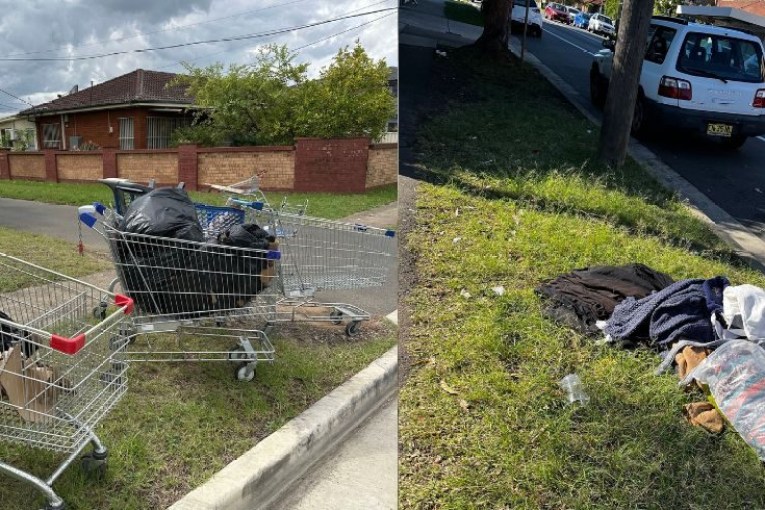Clinical trial proves pig-extract gel aids heart attack survivors’ recovery


The wall of the heart becomes scar tissue after a myocardial infarction – making it a barren place for new heart cells to grow. Photo: Getty
US scientists have for the first time tested a hydrogel designed to repair cardiac tissue and restore heart function in people who have suffered heart attacks.
Fifteen people – all of whom had sustained moderate damage in the left ventricle chamber of the heart – took part in the phase one trial, which was designed to test safety and feasibility of the new substance, named VentriGel.
However, researchers have reported improved heart function and an ability to walk longer distances in some of the participants.
Improvements seen in rat studies, now in people
“Although the study was designed to evaluate safety and feasibility and not designed to show whether VentriGel effectively helps improve heart function, we observed some improvements in patients,” said Karen Christman, the paper’s senior author and a professor of bioengineering in the Jacobs School of Engineering and the Institute of Engineering in Medicine at University of California San Diego.
“For example, patients could walk longer distances. We also observed signs of improving heart function in patients who experienced a heart attack more than one year prior to treatment.”
The hydrogel – developed by Professor Christman and colleagues – was made from dehydrated heart tissue, from pigs.
The actual heart muscle cells were stripped “through a cleansing process” leaving cardiac connective tissue.
Powdered pig heart, just add water
This was then “freeze-dried and milled into powder form, and then liquefied into a fluid that can be easily injected into heart muscle in a minimally invasive procedure that does not require surgery”.
Once the reconstituted pork-heart powder hits body temperature, the liquid turns into a semi-solid, porous gel.
If this makes you think of mix-and-set glue formulas, you’re not far off the truth. But think of cement instead.
The connective tissue in a heart – pig or human – is made up of proteins, collagen and enzymes, and serves as the scaffolding in which new healthy cells grow.
This is known as the extracellular matrix (ECM), which the new hydrogel appears to successfully mimic.
Why the need for new scaffolding?
As the authors note in their paper, over the past two decades, there has been extensive interest in using regenerative medicine to treat patients with myocardial infarction and ischemic heart failure.
“Although several growth factor and gene therapeutics have been explored, the vast majority of trials have tested different types of stem cells,” they wrote.
But there’s a problem with simply injecting steam cells into the wall of the heart – because the cells rely on a healthy extracellular matrix, or scaffolding, “with a unique tissue-specific composition that provides cues, which influence all aspects of cell behaviour necessary for proper tissue function as well as repair”.
After a myocardial infarction – in which heart tissue has died due to a lack of blood supply – there is an inflammatory response and an increase in matrix metalloproteinases (enzymes that break down proteins) that “degrade the native cardiac ECM”.
In other words, the scaffolding takes a beating, even after the heart cells have died.
“After the initial inflammation, the area is replaced by a collagen-rich scar,” the scientists write.
The point of the hydrogel is to replace “this abnormal microenvironment with healthy myocardial ECM cues to facilitate cardiac repair.”
That is, the pork-based glue provides a safe space and structure that was presumed to trigger heart healing.
Who took part?
In the trial, according to a statement from the university, each patient received up to 18 injections via catheter of VentriGel into the damaged region of the heart.
Researchers followed the patients for six months after treatment. All patients completed the full follow-up.
Twelve of the 15 patients were men. All 15 were experiencing mild to moderate heart failure following a heart attack. Half had suffered a heart attack within the past year.
Patients took a six-minute walking test as well as a heart function assessment and a heart health questionnaire before the injections. They retook the tests three and six months later. In addition, patients underwent an MRI at three and six months after the procedures.
The researchers are now planning a larger, randomised phase 2 trial that will evaluate “how effectively VentriGel can improve cardiac function and quality of life for patients experiencing heart failure.”








